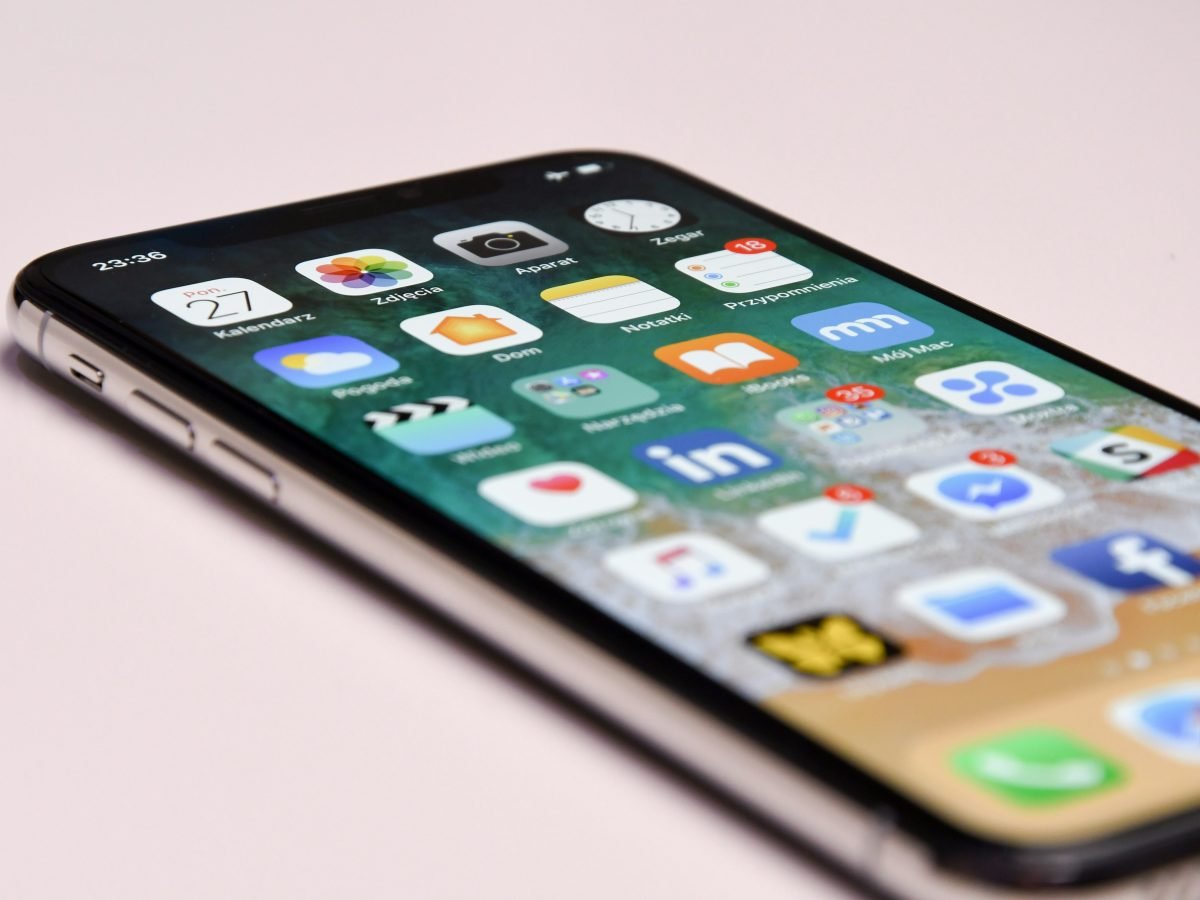The 2010s marked a transformative era in the world of smartphones, witnessing an explosion of innovation that forever changed the way we communicate, work, and live. Let’s take a nostalgic journey through some of the most iconic smartphones that defined an era of technological advancement.
iPhone 4 (2010): The Retina Display Pioneer

The launch of the iPhone 4 in 2010 set a new standard for smartphones. Apple introduced the stunning Retina Display, boasting a pixel density that made individual pixels indistinguishable to the human eye. This breakthrough not only enhanced the visual experience but also influenced the industry’s approach to screen quality.
Samsung Galaxy S3 (2012): The Rise of Android Dominance
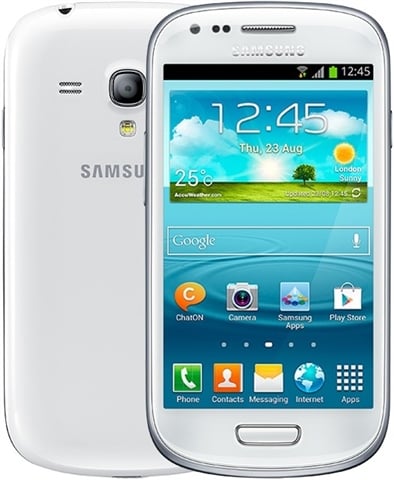
Samsung’s Galaxy S3 played a pivotal role in establishing Android’s dominance. With a sleek design, expansive display, and innovative features like Smart Stay, which kept the screen on as long as the user was looking at it, the S3 became a symbol of Android’s capability to compete with the iPhone.
iPhone 5S (2013): Touch ID and 64-Bit Architecture

In 2013, Apple introduced the iPhone 5S, a device that left a lasting impact on smartphone security. The integration of Touch ID, Apple’s fingerprint recognition technology, provided a convenient and secure way to unlock the phone and make purchases. Additionally, the introduction of 64-bit architecture set the stage for enhanced performance and future software advancement’s
HTC One M8 (2014): The Beauty of Metal Unibody Design

The HTC One M8 brought a touch of luxury to the smartphone market with its exquisite metal unibody design. Boasting front-facing stereo speakers and the innovative UltraPixel camera, the M8 stood out as a device that not only looked premium but also delivered a top-notch multimedia experience.
iPhone 6 (2014): Bigger Screens and Apple Pay
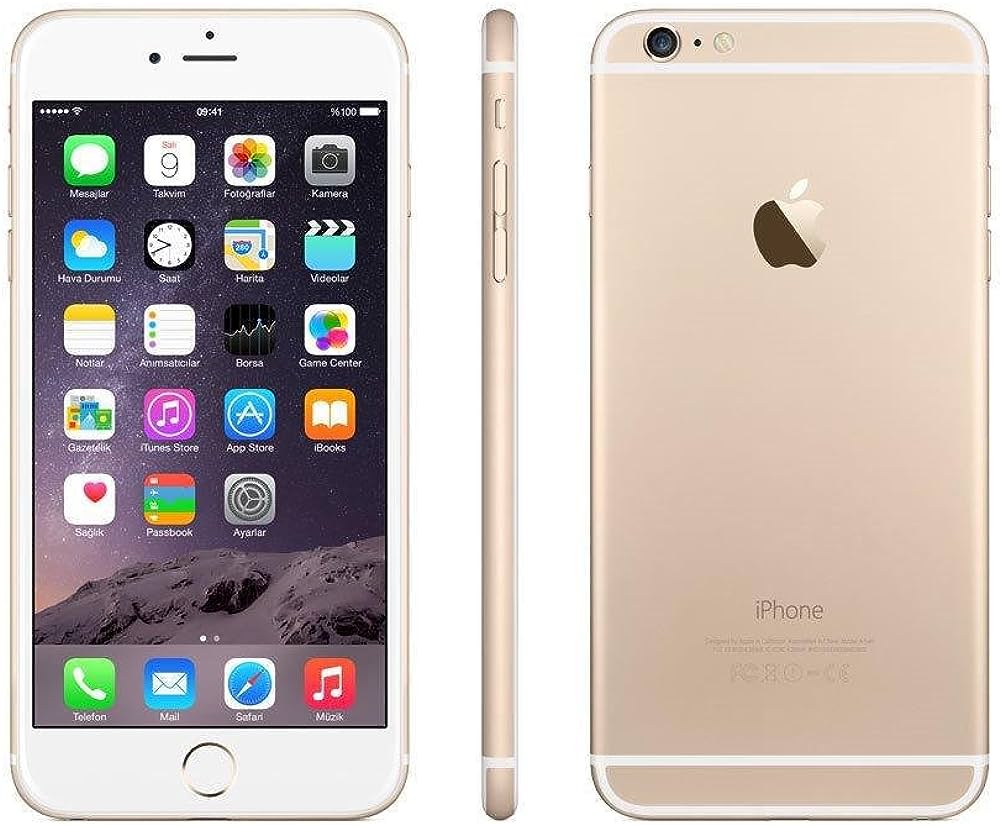
In response to the growing demand for larger screens, Apple released the iPhone 6 with a 4.7-inch display. This shift marked a departure from the smaller form factors of previous iPhones. Additionally, the introduction of Apple Pay brought contactless payments to the mainstream, revolutionizing the way people make transactions.
Samsung Galaxy Note 7 (2016): Innovation Meets Controversy

While the Galaxy Note 7 faced a notorious recall due to battery issues, it was undeniably a trailblazer in smartphone innovation. The device featured a stunning curved-edge display and an iris scanner for enhanced security, setting the stage for future iterations of the Galaxy Note series.
iPhone X (2017): The Era of Face ID and Full-Screen Displays
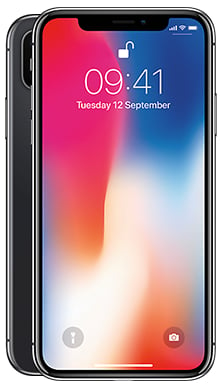
With the iPhone X, Apple bid farewell to the iconic home button and ushered in the era of Face ID. The introduction of a full-screen display with minimal bezels marked a significant design shift. The iPhone X set new expectations for premium smartphones, influencing the industry to adopt facial recognition technology.
Google Pixel 3 (2018): Computational Photography Excellence
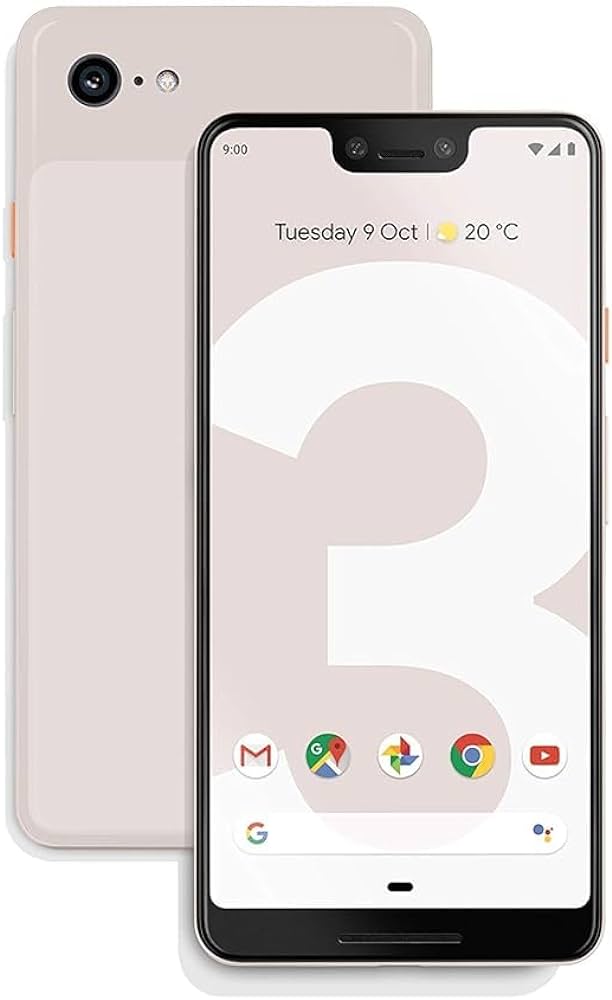
Google’s Pixel 3 made a splash with its emphasis on computational photography. Despite featuring a single lens, the Pixel 3’s camera, powered by AI algorithms, delivered exceptional image quality. The Night Sight feature, in particular, showcased the potential of software-driven enhancements in photography.
Samsung Galaxy Fold (2019): Unfolding the Future
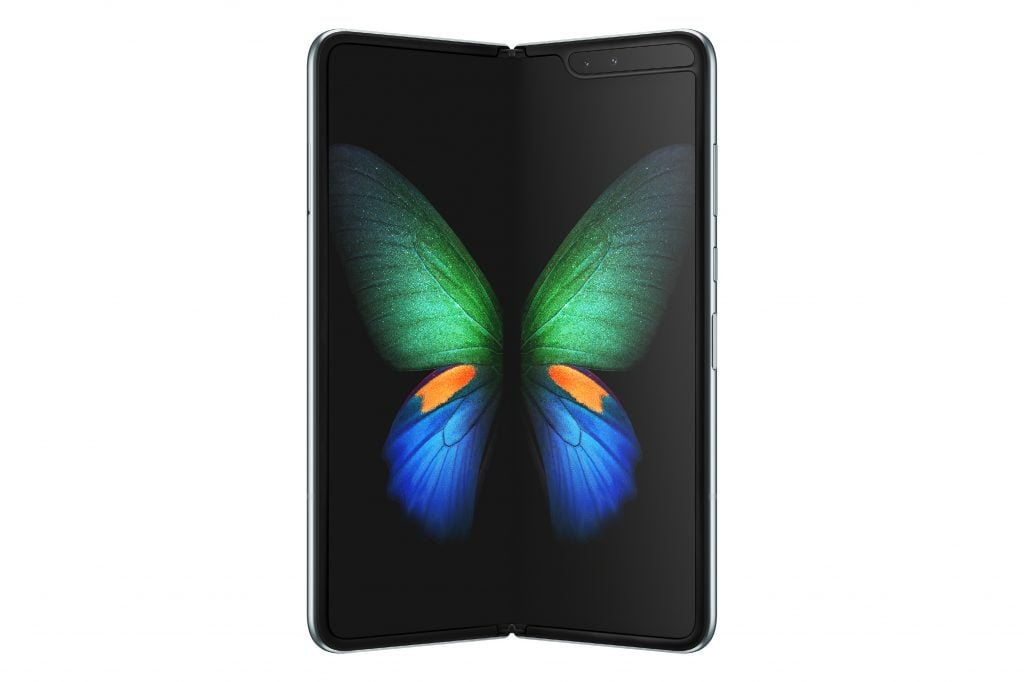
The Samsung Galaxy Fold challenged the conventional smartphone form factor by introducing a foldable display. While the initial release faced some setbacks, it marked a significant step towards the future of flexible and foldable devices. The concept of a smartphone that transforms into a tablet captured the imagination of tech enthusiasts worldwide.
As we reflect on the iconic smartphones of the 2010s, it becomes evident that this decade was a period of rapid innovation and evolution. From ground breaking displays to transformative security features and unconventional designs, each device left an indelible mark on the smartphone landscape. The legacy of these devices continues to shape the trajectory of mobile technology, promising even more exciting developments in the years to come.



